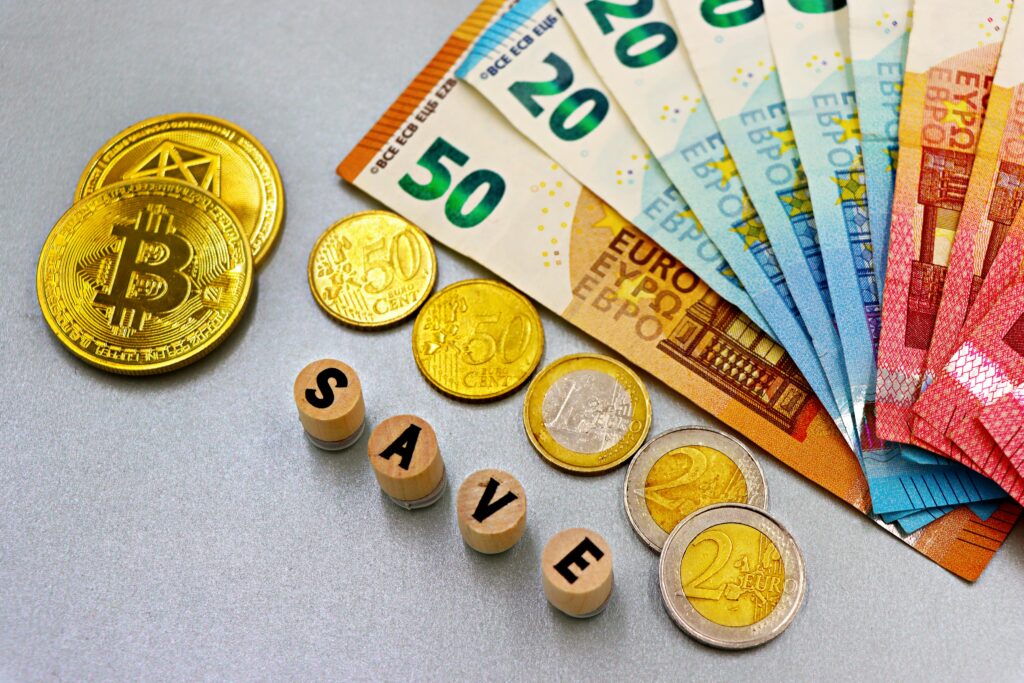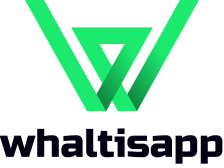
Blockchain. It’s a word that’s been buzzing around for years, often associated with cryptocurrencies like Bitcoin. But if you’ve ever found yourself scratching your head, wondering what it actually is beyond just digital money, you’re definitely not alone. It can sound incredibly complex, filled with terms like “distributed ledgers,” “cryptography,” and “consensus mechanisms.”
The good news? Understanding blockchain technology doesn’t have to be a headache. At its core, blockchain is a remarkably clever and secure way of recording information. Think of it as a super-secure, transparent, and unchangeable digital ledger – like a public record book that everyone can see but no one person can tamper with. Ready to demystify it? Let’s dive in.
Imagine a Digital Ledger: Not Just for Bitcoin
To really grasp blockchain, let’s start with an analogy. Imagine a traditional ledger, like the accounting book a small business might use. It records every transaction: who paid what, when, and for what. Now, imagine if that ledger wasn’t just kept by one person, but every single participant in a network had their own copy of the exact same ledger.
This is the fundamental idea behind a blockchain. It’s a distributed digital ledger that is shared across a network of computers. Each “block” in the chain contains a list of transactions (or other data), and once a block is filled, it’s added to the chain, creating a permanent and unchangeable record.
How Do Blocks Connect? The “Chain” Explained
The “chain” part of blockchain is crucial for its security and integrity. Here’s how it works:
- Transactions are Bundled into Blocks: When you send Bitcoin, or any other data is recorded on a blockchain, that transaction (along with many others) is bundled into a “block.”
- Blocks are Validated: Before a block is added, network participants (often called “nodes” or “miners” in some blockchain types) must verify its authenticity. This usually involves solving complex mathematical problems (a process called “Proof of Work” for Bitcoin) or other consensus mechanisms.
- Cryptographic Linking (The Magic Part): Once validated, each new block is cryptographically linked to the previous block in the chain using a unique code called a hash. Think of a hash as a digital fingerprint for the block. This fingerprint is generated based on all the data within the block, plus the hash of the previous block.
- Immutability: Because each block’s hash depends on the previous block’s hash, any attempt to alter a past transaction in an old block would change its hash. This change would then invalidate the hash of the next block, and so on, breaking the entire chain. This makes it incredibly difficult, if not impossible, to tamper with data once it’s on the blockchain without it being immediately obvious to everyone on the network.
This continuous linking creates an immutable, chronological, and transparent record of all transactions.
Why is Blockchain So Revolutionary? Key Features
The unique design of blockchain technology offers several powerful benefits:
- Decentralization: Unlike traditional databases controlled by a single entity (like a bank or a company), a blockchain network has no central authority. Data is distributed across all participants. This makes it highly resistant to single points of failure and censorship.
- Transparency (with Privacy): Every transaction on a public blockchain is visible to everyone on the network. While you can see the transactions, the identities of the participants are typically pseudonymous (represented by a long string of characters), providing a layer of privacy.
- Immutability: As explained, once data is recorded on a blockchain, it’s virtually impossible to alter or remove it. This creates an incredibly trustworthy and tamper-proof record.
- Security: Cryptographic techniques ensure the integrity and authenticity of the data. Combined with decentralization, this makes blockchains exceptionally secure against fraud and cyber-attacks.
- Efficiency: For many applications, blockchain can streamline processes by removing intermediaries, reducing paperwork, and speeding up verification.
Beyond Cryptocurrencies: Real-World Applications
While Bitcoin put blockchain on the map, its potential goes far beyond digital money. Many industries are exploring how this technology can revolutionize their operations:
- Supply Chain Management: Tracking products from origin to consumer, ensuring authenticity and transparency.
- Healthcare: Securely managing patient records, ensuring privacy while allowing authorized access for doctors.
- Voting Systems: Creating more secure and transparent electoral processes.
- Digital Identity: Providing individuals with greater control over their personal data and identity verification.
- Intellectual Property: Protecting copyrights and tracking ownership of digital content.
- Real Estate: Streamlining property transfers and verifying ownership more efficiently.
The Future is Distributed
Blockchain technology, at its heart, is about building trust in a trustless environment. By providing a secure, transparent, and decentralized way to record and share information, it’s paving the way for a more efficient and accountable digital future. While it’s still evolving, understanding the basics of how it works is your first step to appreciating its revolutionary potential. It’s not just about Bitcoin; it’s about a new way to organize and verify information in a truly global and digital world.
